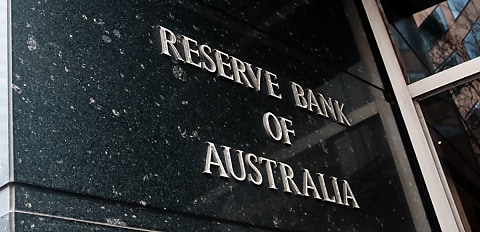The Reserve Bank of Australia (RBA) has held the official cash rate steady at 4.35 per cent during its June monetary policy meeting.
This cash rate decision has marked the fourth hold for 2024 and the fifth consecutive hold since December 2023.
In the Statement by the Reserve Bank Board following the decision, the RBA said: “The economic outlook remains uncertain and recent data have demonstrated that the process of returning inflation to target is unlikely to be smooth.
“Inflation is easing but has been doing so more slowly than previously expected and it remains high. The board expects that it will be some time yet before inflation is sustainably in the target range. While recent data have been mixed, they have reinforced the need to remain vigilant to upside risks to inflation.”
The RBA has reiterated that it will continue to rely on emerging data and the evolving assessment of risks.
“In doing so, it will continue to pay close attention to developments in the global economy, trends in domestic demand, and the outlook for inflation and the labour market,” it said.
Reacting to the decision, PropTrack’s director of economic research Cameron Kusher said this ongoing pause reflects the “anticipated easing in inflation as the economy, businesses, and consumers continue to adjust to the significant interest rate tightening delivered since May 2022”.
“Despite higher-than-expected inflation early in 2024, weak retail sales, slowed economic growth and low consumer sentiment persist. While inflation has not fallen as quickly as expected, the Board anticipates a further decline in inflation by the end of the year,” Kusher said.
“Although rate cuts are now expected in 2025, most still predict the next move will be down. The upcoming June 2024 quarterly inflation data will be a key determinant of whether the Reserve Bank needs to lift rates again or adjust expectations for the timing of an interest rate cut.”
CreditorWatch chief economist Anneke Thompson commented that the RBA is still of the view that monetary policy is “set at the right level to keep moving inflation down into the target band”.
“An obvious key risk to the inflation outlook is the upcoming income tax cuts that will flow through to pay packets next month,” Thompson said.
“However, most surveys point to households allocating their tax savings to essentials that have already gone up in price – such as mortgages and rents, and electricity and gas services.
“Given the stress facing Australian households, both mortgaged and renters, as well as many small and medium sized businesses, we feel it is unlikely the RBA will move the cash rate higher from here.”
She added that the likely scenario is for the RBA to maintain a cash rate of 4.35 per cent until early 2025 to keep pressure on prices and only moving to cut the cash rate “once the impact of lower migration levels begin to impact services inflation”.
CoreLogic’s research director Tim Lawless stated while borrowers are keeping mortgage repayments on track, he noted the rise in arrears (albeit from low levels) during the March quarter.
“Mortgage arrears, including non-performing loans and borrowers that are 30–89 days overdue in their repayments, comprise 1.6 per cent of home loans for all ADIs,” Lawless said.
“This is up from a recent low of just 1.0 per cent in the September quarter of 2022, but below the 1.8 per cent level recorded at the onset of COVID-19 in March 2020.”
As interest rates are set to hold at their current levels until at least late this year, alongside a gradual loosening in labour market conditions and reduced saving buffers for most borrowers, Lawless warned that “it’s likely mortgage arrears will rise further”.
What was expected and when will rates move?
The decision to hold the cash rate was widely anticipated by economists, with the RBA being expected to maintain the same stance on future rate movements as heard by RBA governor Michele Bullock following the May decision.
In the days leading up to the decision, Westpac senior economist Matthew Hassan said that recent data would “provide some comfort” that restrictive policy is working to bring inflation to target; however, the path is “still uncertain”.
Gareth Aird, the Commonwealth Bank of Australia’s (CBA) head of Australian economics, said holding the cash rate would “be a straightforward decision” and that the recent run of economic data has been ”largely in line” with the central bank’s forecasts.
While the beginning of the easing cycle is still expected by Westpac, CBA, and NAB towards the end of 2024, ANZ announced it has pushed back its rate cut forecast to February 2025 prior to the June decision.
ANZ’s head of Australian economics Adam Boyton explained that while monetary policy is working as intended, the appropriate balance between the level of supply and demand is “likely to take a little longer than expected”.
Bendigo Bank’s chief economist David Robertson echoed this sentiment and doubled down that there will be no rate cuts until 2025.
Further, Judo Bank’s economists Warren Hogan and Matthew De Pasquale stated that there would “need to be a miracle” to avoid further rate hikes this year.
“There is a good chance that we get through this next 12 months with a 4.35 per cent cash rate, but it’s not the central (most likely) pathway,” they said.
[RELATED: RBA to hold the line in June decision]

